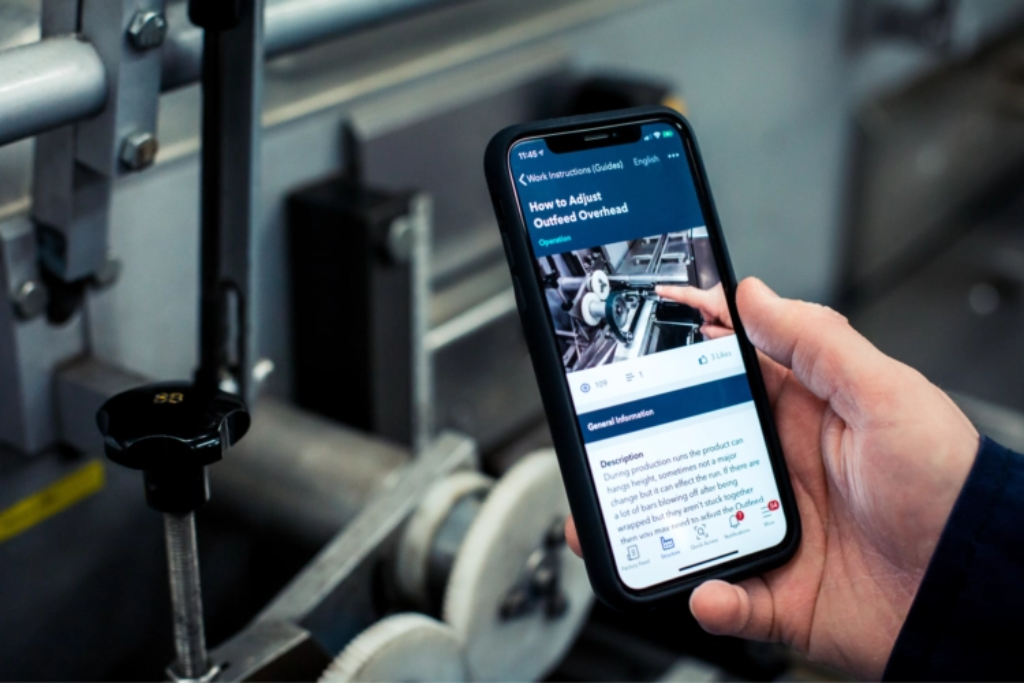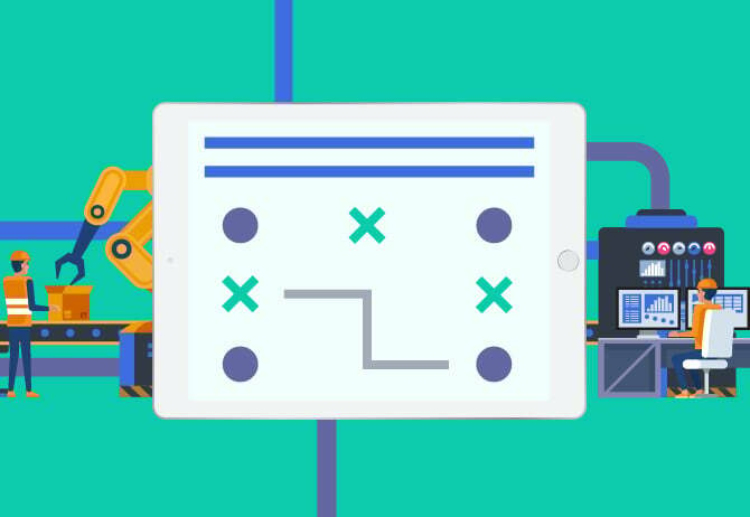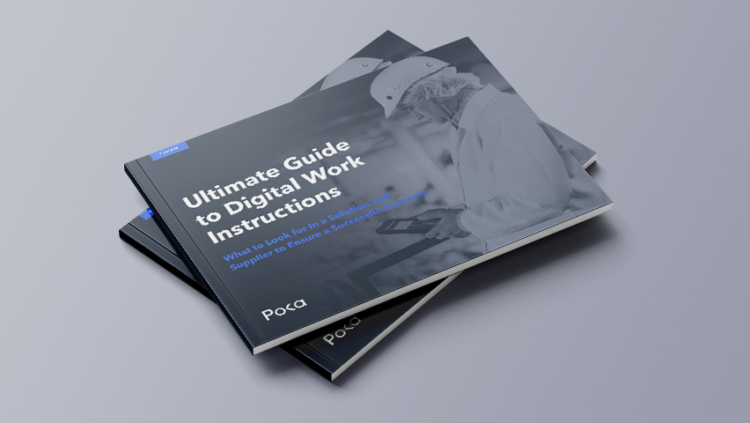Welcome to Standard Work 101
In this comprehensive guide, we explore the critical role of Standard Work in building consistent, efficient and high-performing manufacturing operations. You'll gain insights into how this foundational lean practice drives quality, reduces variability and supports continuous improvement across the shop floor.













